
Umberto II, full name Umberto Nicola Tommaso Giovanni Maria di Savoia, was the last King of Italy. He reigned for 34 days, from 9 May 1946 to 12 June 1946, although he had been de facto head of state since 1944 and was nicknamed the May King.

Edward Hyde, 3rd Earl of Clarendon, styled Viscount Cornbury between 1674 and 1709, was an English aristocrat and politician. Better known by his noble title Lord Cornbury, he was propelled into the forefront of English politics when he and part of his army defected from the Catholic King James II to support the newly arrived Protestant contender, William III of Orange. These actions were part of the beginning of the Glorious Revolution of 1688. Cornbury's choice to support his cousin Anne instead of William after the rebellion cost him his military commission. However, Cornbury's support of King William's reign eventually earned him the governorship of the provinces of New York and New Jersey; he served between 1701 and 1708.

The Prime Minister of Italy, officially the President of the Council of Ministers, is the head of government of the Italian Republic. The office of president of the Council of Ministers is established by articles 92–96 of the Constitution of Italy; the president of the Council of Ministers is appointed by the president of the Republic and must have the confidence of the Parliament to stay in office.
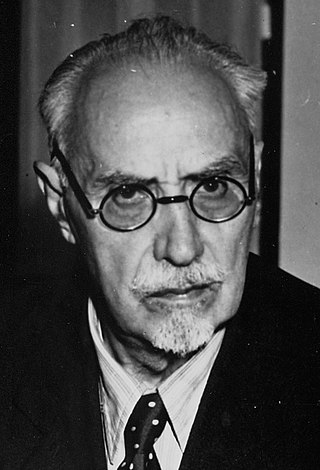
Ivanoe Bonomi[iˈvaːnoe boˈnɔːmi] was an Italian politician and journalist who served as Prime Minister of Italy from 1921 to 1922 and again from 1944 to 1945.

Joseph Bonomi the Elder was an Italian architect and draughtsman who spent most of his career in England where he became a successful designer of country houses.
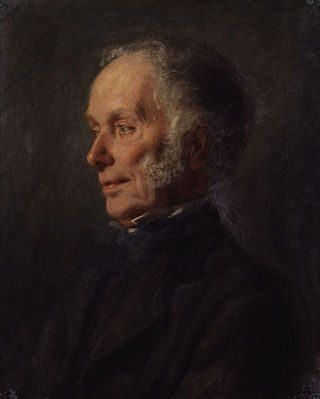
Joseph Bonomi the Younger was an English sculptor, artist, Egyptologist and museum curator.

Attilio Ruffini was an Italian politician.
Beniamino Bonomi is an Italian sprint canoeist who competed from the late 1980s to the mid-2000s (decade). Competing in five Summer Olympics, he won four medals with one gold and three silvers.

Volta Mantovana is a comune (municipality) in the Province of Mantua in the Italian region Lombardy, located about 120 kilometres (75 mi) east of Milan and about 20 kilometres (12 mi) northwest of Mantua.
The Labour Democratic Party, previously known as Labour Democracy, was a social-democratic and social-liberal political party in Italy, founded in 1943 as the heir of defunct Italian Reformist Socialist Party, formed by those Socialists who wanted to cooperate with the Liberal political guard which governed Italy from the days of Giovanni Giolitti. Leading members of the party were Ivanoe Bonomi, Meuccio Ruini and Enrico Molè.

Pietro Paolo Tomasi, marchese Della Torretta was an Italian politician and diplomat, and a member of the noble family of the Princes of Lampedusa.
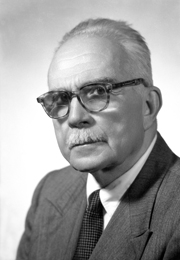
Meuccio Ruini was an Italian jurist and socialist politician who served as the president of the Italian Senate and the minister of the colonies.
Events from the year 1922 in Italy.

St James' Church is a large English Gothic Catholic church in George Street, Marylebone, London. Although currently situated in George Street, the church maintains its connection with Spanish Place, the road opposite the current church, because of its historic connection with the Spanish Embassy. It is a Grade II* listed building.
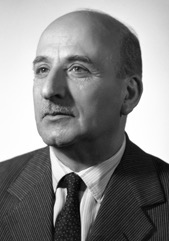
Umberto Tupini was an Italian politician. He was minister of public works (1947–1950) in the Government of Italy. He was the mayor of Rome (1956–1958). He served in the Senate of Italy in Legislature I (1948–1953), Legislature II (1953–1958), Legislature III (1958–1963) and Legislature IV (1963–1968). He was a knight grand cross of the Order of Merit of the Italian Republic.

The Facta I government of Italy held office from 26 February 1922 until 1 August 1922, a total of 237 days, or 7 months and 22 days. It replaced the first cabinet of Ivanoe Bonomi which had not been given a vote of confidence by the Chamber of Deputies on 17 February.

The Bonomi II government of Italy held office from 18 June until 12 December 1944, a total of 177 days, or 5 months and 27 days.

The Bonomi III government of Italy held office from 12 December 1944 until 21 June 1945, a total of 190 days, or 6 months and 10 days.
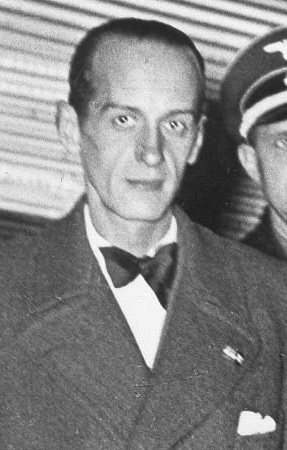
Oreste Bonomi was an Italian Fascist politician, who served as the last Minister for Exchanges and Currencies of the Mussolini Cabinet from February to July 1943.















